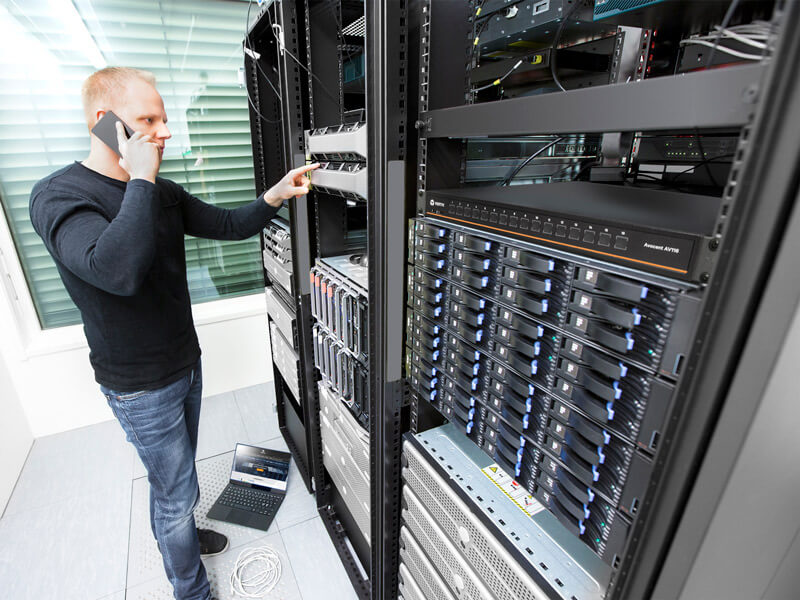In today’s edge environments, it can be difficult to have a clear picture of what’s going on at any given time. There are so many sites at various of locations – often remote – that you likely haven’t visited them all and have little visibility into the equipment or the environment in which they are located.
To further complicate the issue, many edge sites are unmanned “dark” sites, with no IT personnel on-site and no eyes on the equipment unless something breaks. Even for manned sites, in our current environment, your company may not allow technicians on-site unannounced due to social distancing guidelines.
You need a way to have visibility in these environments, and sensors provide insight into what’s going on at any moment. In this blog post, I’ll share how the right sensors, working together, can act as your five senses to alert you to threatening conditions:
The Vertiv Wireless Sensor Network was recently named a finalist in the Consulting Specifying Engineer Product of the Year Awards. Voting is open until September 18, 2020.
Sight
Many sensors allow you to see what’s going on at your sites, even when you aren’t present. To start, integrated cameras give a clear view into your spaces and provide context for any alarm that might go off. Similarly, light sensors provide a range of light conditions in the space. They can show whether someone opened a door or whether someone came in and turned on a light.
An access control sensor can provide more certainty in understanding who may have accessed your space. Motion detection sensors are another way to monitor activity in your site and help maintain security.
Even when you are on-site you may not see water leaks right away, which is why leak detection is important for all types of data centers. At the edge, without leak detection sensors, undetected leaks are often catastrophic for that site. Sensors can help you identify leaks as soon as they happen, to take the steps needed remotely to limit the damage and dispatch repair crews quickly.
Touch
Temperature can be a big problem at the edge. As I mentioned, edge sites are often unmanned, and at the same time, some sites don’t have dedicated thermal management in place. It’s no surprise that temperature sensing is the most common sensor.
Your equipment is sensitive to temperature changes, and an increase of even a few degrees can have a major impact on the performance of your IT systems. It’s critical to have a constant read on the temperature at your sites, especially when you aren’t there to feel how cool or warm it is. An airflow sensor, working in combination with temperature sensors, can help you understand if a non-functioning cooling system is the cause of a rise in temperature or if something else is creating the additional heat.
Depending on the location of your site, humidity or lack of thereof can wreak havoc on your IT equipment. Too much humidity can cause condensation, and if it is too dry then static electricity can become a problem. So, a humidity sensor can play an important role in keeping your site at its optimal levels. Temperature and humidity sensing are often packaged together, to give a more holistic view of your site.
Sound
When you are at a site, you’d immediately be able to hear an alarm going off or a fan running too quickly. With sound sensing, you can have ears at your sites when you aren’t present. These sensors give the room a baseline and will indicate if the noise level goes up. They can alert you that an alarm is sounding or that loud equipment has turned off.
Smell
“Where there’s smoke, there’s fire,” and any smoke at your site can signal a major problem, from an equipment malfunction to a fire. Just like all homes need smoke detectors, edge sites should have smoke detection sensors, too. You may not be able to smell the smoke, but the sensor will alert you to the potential issue so you can act quickly.
Sensors on their own are meaningful tools. Just like our five senses, though, sensors work best together. You get more intelligent data and insights when sensors come together as a holistic package. For example, a temperature sensor and an air flow sensor could let you know that a door is open or that your in-room thermal unit is not working when it should be.
A partner like Vertiv can help you navigate which sensors are right for your edge sites and how to deploy them. Sensors are part of a larger ecosystem of remote monitoring, to give you control and peace of mind.
To learn more about the power of sensors, watch our webinar, Value of Sensors at the Edge.






